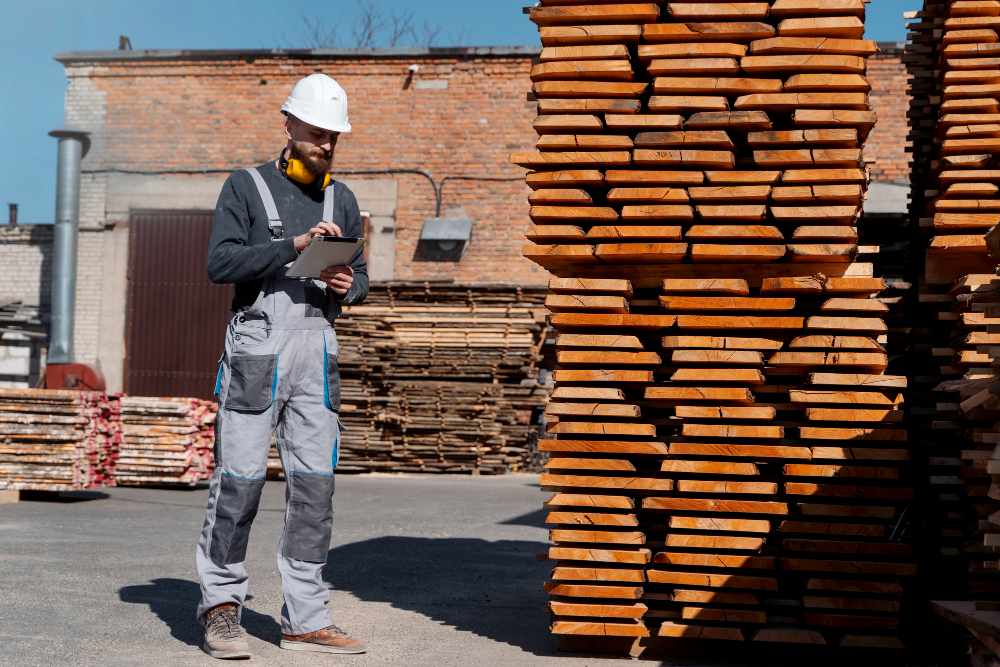
Sustainability is no longer just a buzzword—it’s a necessity in the modern building industry. As a Commercial Construction Company in NJ, we’ve seen a growing demand for eco-conscious building methods that go beyond energy efficiency. One of the most promising approaches is circular construction, which focuses on reusing materials, recycling resources, and rebuilding in ways that minimize waste. This method is transforming how we think about construction, making it more environmentally responsible and economically viable.
What Is Circular Construction?
Circular construction is based on the principles of the circular economy—an approach that keeps materials in use for as long as possible, extracts the maximum value from them, and recovers them at the end of their life cycle. Instead of the traditional “take-make-dispose” model, circular construction encourages:
Reuse: Giving old materials a new purpose
Recycle: Processing materials into new building products
Rebuild: Designing structures that can be easily adapted or deconstructed for future use
1. Reuse: Giving Materials a Second Life
One of the most impactful aspects of circular construction is reusing materials from existing buildings. Instead of sending old bricks, steel, or timber to landfills, a skilled construction company can salvage and repurpose them. For example:
Bricks from a demolition project can be cleaned and reused in a new façade
Structural steel can be melted down and reformed for new builds
Wood beams can be refinished and used as flooring or decorative elements
By doing this, project costs are reduced while preserving architectural character.
2. Recycle: Turning Waste into Resources
When materials can’t be reused directly, recycling offers another path to sustainability. Advances in technology now make it possible to recycle a wide range of construction waste, including:
Concrete: Crushed into aggregate for new concrete mixes or road bases
Glass: Melted and reformed for windows or decorative panels
Plastics: Repurposed for piping, insulation, or composite building boards
By integrating recycling into the construction process, projects minimize landfill waste and reduce the demand for virgin raw materials.
3. Rebuild: Designing for the Future
Circular construction isn’t just about the materials—it’s also about how buildings are designed. Modular and flexible designs allow for easier renovations, upgrades, or dismantling in the future. This means when a building’s purpose changes, its components can be removed and reused instead of demolished.
Some forward-thinking design strategies include:
Using mechanical fasteners instead of adhesives, so parts can be easily separated
Creating floor plans that can adapt to different uses over time
Selecting durable, long-lasting materials that maintain quality through multiple lifecycles
4. The Environmental and Economic Benefits
Circular construction benefits go far beyond sustainability. Businesses adopting this model can:
Lower material costs through reuse and recycling
Reduce environmental impact by cutting down on waste and emissions
Gain a competitive advantage by appealing to environmentally conscious clients and investors
Improve compliance with green building certifications like LEED or BREEAM
Conclusion
Circular construction is reshaping the commercial building landscape by proving that sustainability and profitability can go hand in hand. For New Jersey businesses, adopting these practices is not only a responsible choice but also a smart investment. Partnering with an experienced Commercial Construction Company in NJ ensures your project maximizes material reuse, integrates recycling, and incorporates adaptable design. At Vaxa Construct, we bring circular construction principles to life—helping our clients reuse, recycle, and rebuild for a better, more sustainable future.


Write a comment ...